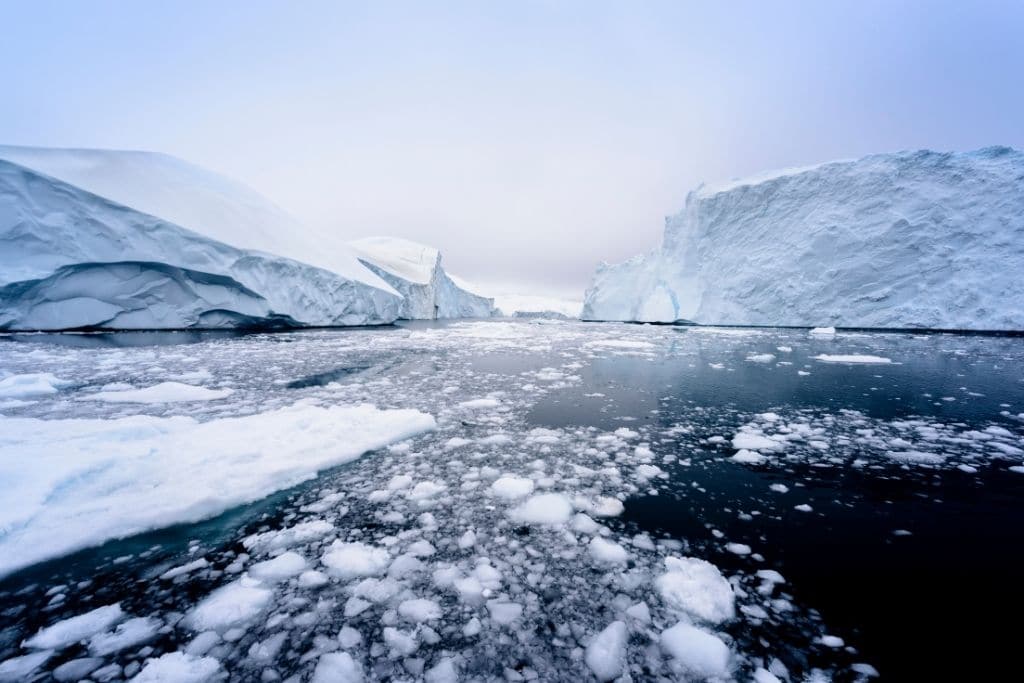The World Meteorological Organization has recognised a new record as temperature in the Arctic reached up to 38C in June 2020, sounding the alarm bells about the changing climate.
—
The United Nations’ weather agency has verified a new record high temperature in the Arctic, where temperatures have soared up to 38 degrees Celsius in June 2020 in the Siberian town of Verkhoyansk, located 115 km north of the Arctic Circle.
The World Meteorological Organization has “recognised a temperature of 38C which is a staggering 100.4F in the Russian town of Verkhoyansk,” WMO spokesperson Clare Nullis told journalists in Geneva. “It was recorded last year (on) 20 June 2020 and we have recognised it as a new Arctic record.”
The new record took place during a prolonged heat wave in Siberia last summer, with temperatures rising 10C above average, as a result of wildfires, a huge oil spill and a plague of tree-eating moths.
The World Meteorological Organization Secretary-General Petteri Taalas said in a statement that the high temperature reading is “just one of a series” of potentially record-breaking observations from around the planet in 2020 that “sound the alarm bells about our changing climate”. This includes a record high in the Antarctic continent of 18.3C at the Argentinian base, Esperanza, as well as a 54.4C temperature recorded in both 2020 and 2021 in the Death Valley in California, the world’s hottest place, all of which the UN agency are still in the process of verifying. “The WMO Archive of Weather and Climate Extremes has never had so many ongoing simultaneous investigations,” Taalas said.
As Arctic temperatures continue to rise, it is driving further sea ice loss and sea level rise across the globe. The agency warns that the Arctic is one of the fastest warming parts of the world, a region that is warming “more than twice as fast as the global average”. In fact, in a new separate report presented at a recent meeting of the American Geophysical Union, scientists found the Arctic is warming four times faster than the rest of the world.
During that same meeting, researchers have also said that a crucial ice shelf in Antarctica is at risk of collapse within as little as five years. Satellite images show worrying cracks in the Thwaites Eastern Ice Shelf, which holds a third of the crucial Thwaites Glacier in place. If the entire shelf were to collapse, sea levels would rise over two feet, endangering millions of people in coastal areas. Currently, the glacier accounts for about 4% of annual global sea level rise.
You might also like: Melting Permafrost Regions of Siberia are Releasing Massive Amounts of Methane Gases


















